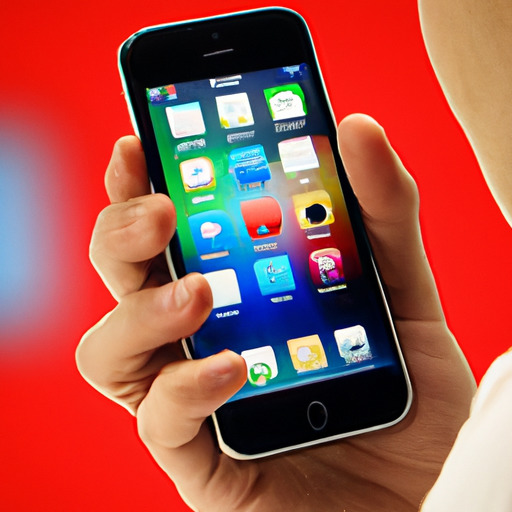When it comes to smartphones, Apple’s iPhone has long been a dominant player in the market. With its sleek designs, user-friendly interface, and innovative features, the iPhone has captured the hearts of many. However, recent reports have shown that Apple’s latest lineup of iPhones has left a $500 hole in its offerings, leaving many to wonder why Android phones are filling that gap. In this blog post, we will delve into the reasons behind this shift in the market and explore the impact it could have on both Apple and Android users.
First and foremost, let’s address the elephant in the room – cost. Apple’s latest iPhone models, the iPhone XS, XS Max, and XR, come with a hefty price tag, ranging from $749 to $1,099. This high cost has caused many consumers to consider alternative options, with Android being a popular choice due to its variety of affordable options. While Apple does have lower-priced options such as the iPhone 8 and iPhone 7, they still don’t quite match the price range of many Android devices, making them less appealing to budget-conscious consumers.
Another factor contributing to the $500 hole in Apple’s lineup is the lack of significant upgrades in their latest models. While the iPhone XS and XS Max boasted improved cameras and screens, they didn’t offer any major upgrades that would justify the high cost. This has led to many tech enthusiasts feeling underwhelmed and sticking with their current, older iPhone models. On the other hand, many Android phones have continued to push boundaries and improve upon their features, making them an attractive option for those looking for the latest and greatest in smartphone technology.
But it’s not just price and upgrades that are driving consumers to Android phones. Another major factor is the variety in design and features offered by Android devices. While the iPhone has a consistent design with minimal variation, the Android market offers a range of designs, from foldable phones to ones with pop-up cameras. This allows consumers to find a device that suits their personal preferences, something that Apple’s limited options may not fulfill.
In addition to design, Android phones also offer greater customization options. Unlike the iPhone, Android users have the freedom to personalize their device’s interface, widgets, and more, giving them a more unique and tailored experience. This level of customization is something that many users value and is another driving force behind the growth of Android in the market.
Moving forward, the $500 hole in Apple’s iPhone lineup could have significant implications for both Apple and Android. For Apple, it could mean a decline in sales and a need to reevaluate their pricing strategy. On the other hand, Android could see a boost in sales and a potential increase in market share. This shift in the market could ultimately lead to more competition and innovation from both sides, ultimately benefiting consumers.
In conclusion, the $500 hole in Apple’s iPhone lineup has opened the door for Android phones to fill that gap and gain more traction in the market. While there are many factors contributing to this shift, such as cost, upgrades, design, and customization, the outcome remains to be seen. Will Apple adjust its pricing and offerings to win back consumers, or will Android continue to dominate in this new era of smartphone competition? Only time will tell.
